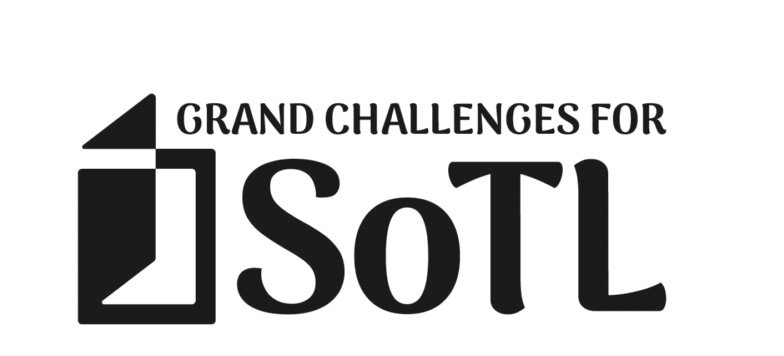When composing any type of document, it is essential to edit and proofread the work in order to ensure that all ideas expressed are grammatically and structurally correct. This is especially important in university level papers as clarity is one of the many important components involved in developing a persuasive argument. The following is a list of common errors that should be reviewed before and during the proofreading and editing process as well as tips on how to resolve grammatical and sentence structure issues.
What is the difference between Editing and Proofreading?
Editing can happen at any point during the writing of your essay. Editing checks for clarity, coherence, and unity. Although there is the opportunity to edit while writing, after the entire essay is finished is the time to make sure that every paragraph and sentence in the essay is clear, coherent, and unified. The thesis statement is especially important to pay attention to, as it is the central point that everything else in the essay points towards.
Proofreading is an analysis of the mechanics of the paper. Proofreading is often the final step before finishing. When proofreading, check for: grammar, punctuation, spelling, unusual sentences, citation, format, and any other little details that have been left to the end.
Things to look for:
When Editing
Check for clarity (that all points are as easy to understand as possible), coherence (that ideas flow smoothly from one to the next), and unity (that every single point in the paper is connected to the main argument).
Make sure that every paragraph has only one main idea.
Remove any sentences or points that are irrelevant to the main argument of the essay.
Make sure that your thesis statement is easy to find, and that it is written clearly.
Every body paragraph should have an introduction and concluding sentence.
Direct quotations need to be introduced and explained.
When Proofreading
Check for spelling, grammar, punctuation, unusual sentences, redundancy.
Re-check citation formats and ensure citations are formatted correctly.
Look at every word individually.
Read the entire essay out loud; your ear may pick up errors that your eyes do not see.
Look at your verbs. Is the document written in present tense or past tense? Choose one and stick to it throughout your essay.
Look at each comma. Why is it there? Unnecessary commas should be removed and ensure that remaining commas are used properly.
□ Spelling
Inspect each word in the paper individually, and make sure that each word is spelt correctly. If necessary, consult a dictionary to check the appropriate meaning.
□ Compound sentence commas
Scan the paper for conjunctions (and, but, for, or, nor, so and yet). Check whether there is a complete sentence on each side. If so, a comma needs to be placed before the conjunction.
□ Introductory commas
Scan at the first few words of each sentence for dependent markers, transition words, participles, and prepositions. Listen for a possible break before the main clause and add a comma if needed.
□ Comma splices
Scan the paper and stop at each individual comma. If there is a complete sentence on each side of a comma, use a coordinating conjunction, a semicolon, or a period to fix the comma splice.
□ Run-on sentences
Identify sentences that contain more than one independent clause. If the independent clauses are not separated by punctuation, then repair them in the same way as a comma splice.
□ Missing and redundant words
Read aloud to find missing, duplicated, or redundant words.
□ Sentence fragments
Scan the paper and locate sentences only consists of a dependent clause. Either change it into an independent clause, or connect it to one.
□ Subject-verb agreement
Locate the main verb in each sentence. Match the verb to its subject. Make sure that the subject and verb agree in number (singular or plural).
□ Verb tense shift
Scan the paper and locate the verbs in each sentence. Make sure the tenses of verbs are consistent and do not shift from past to present.
□ Pronoun agreement
Scan the paper for pronouns (e.g. its, this, they, their, and them). Ensure that its related noun is clear and that it agrees in number and person with the pronoun.
□ Parallel structure
Scan for sentences that use the same pattern of words to show multiple ideas of equal importance (e.g. “not only, but also”; “either, or”; “neither, nor”; and “both, and”). Ensure each idea is inthe same grammatical form.




















